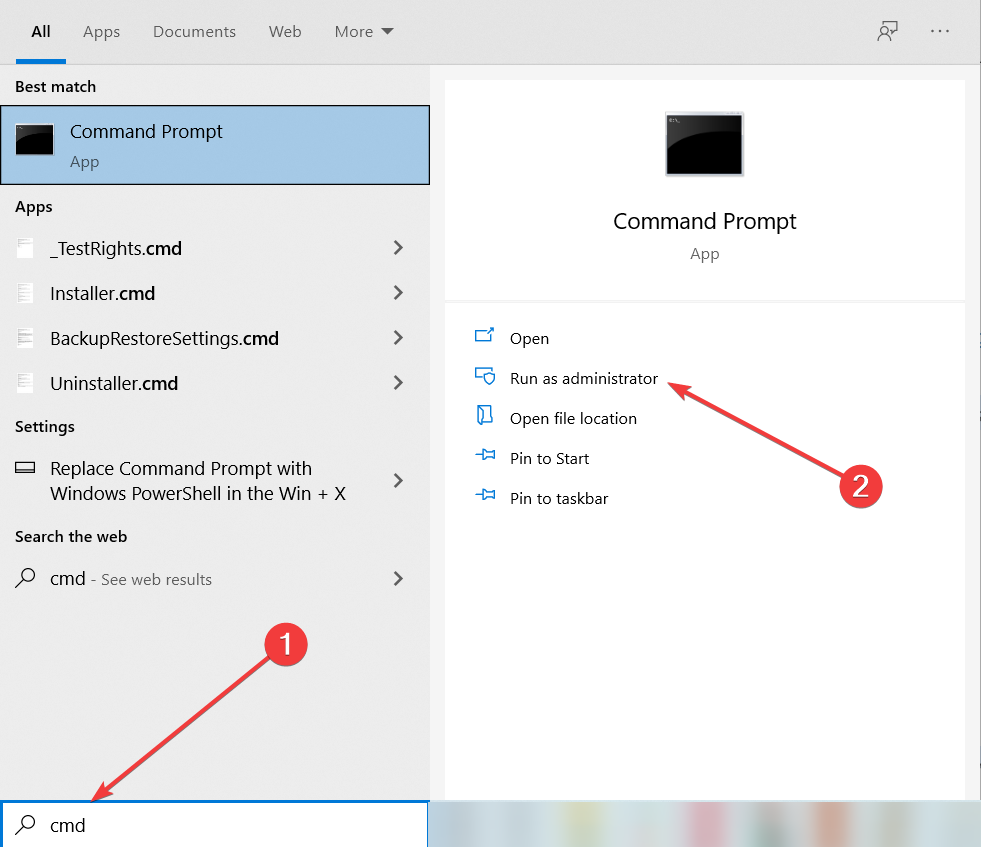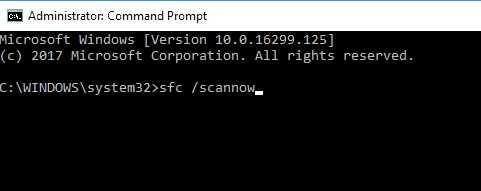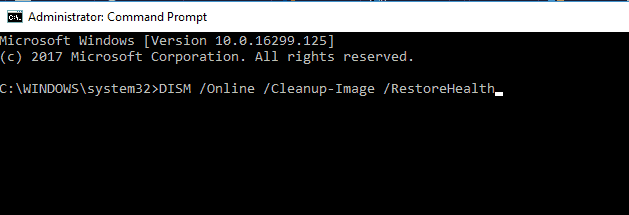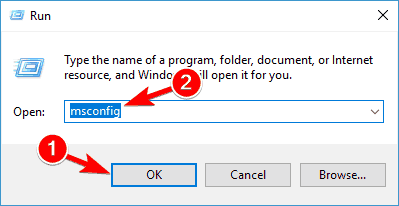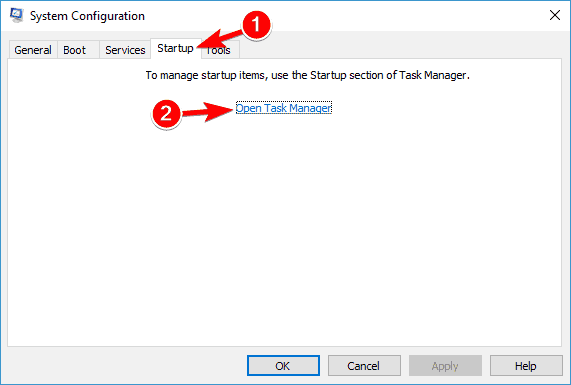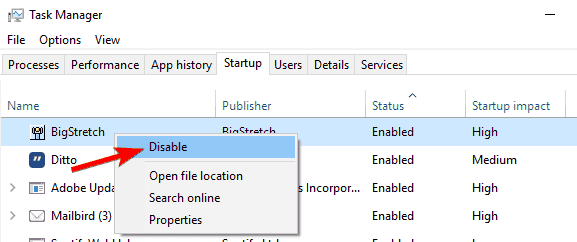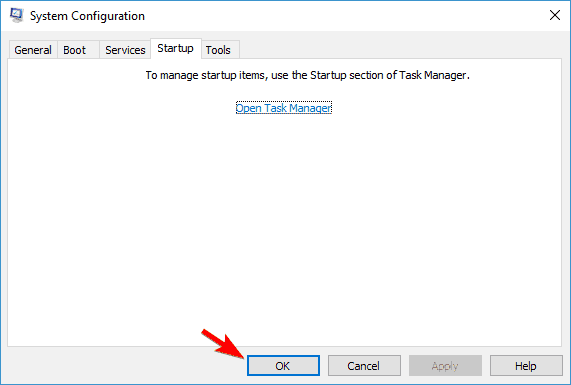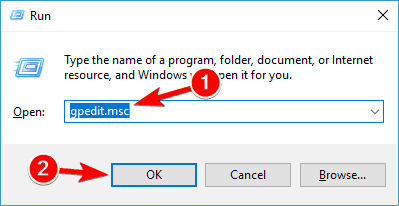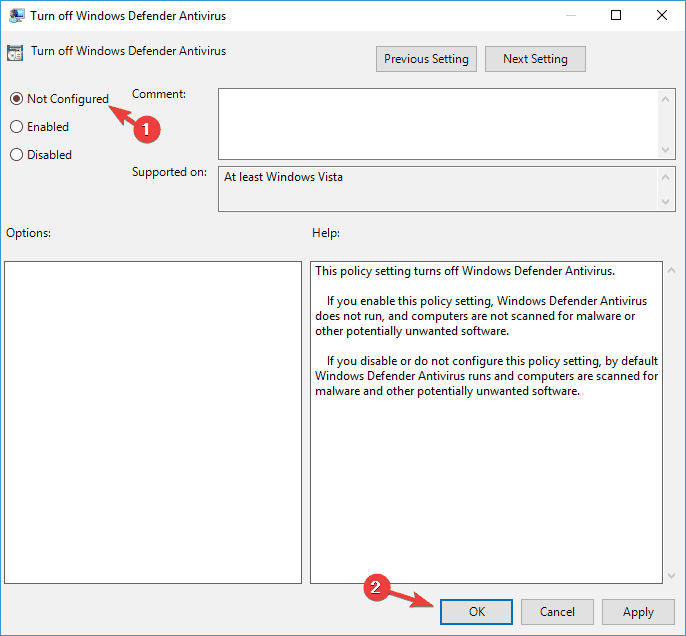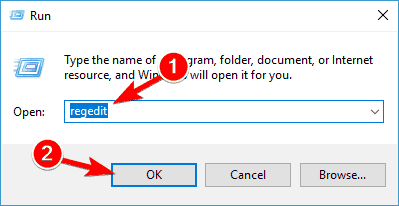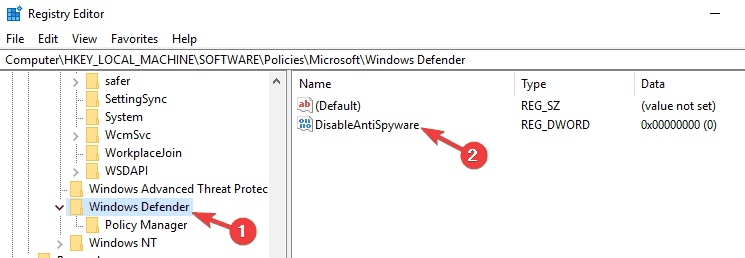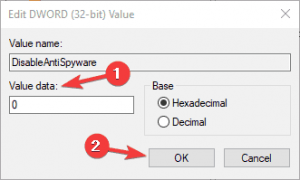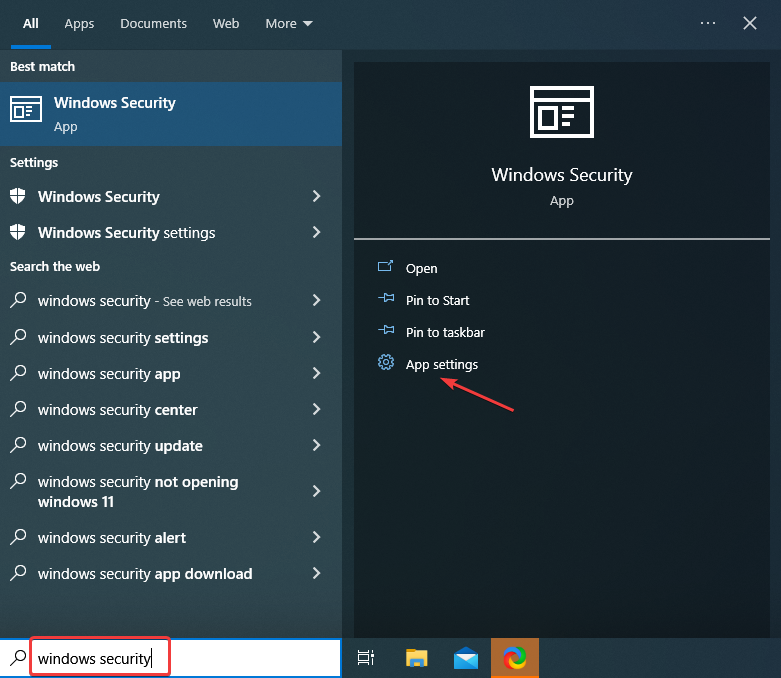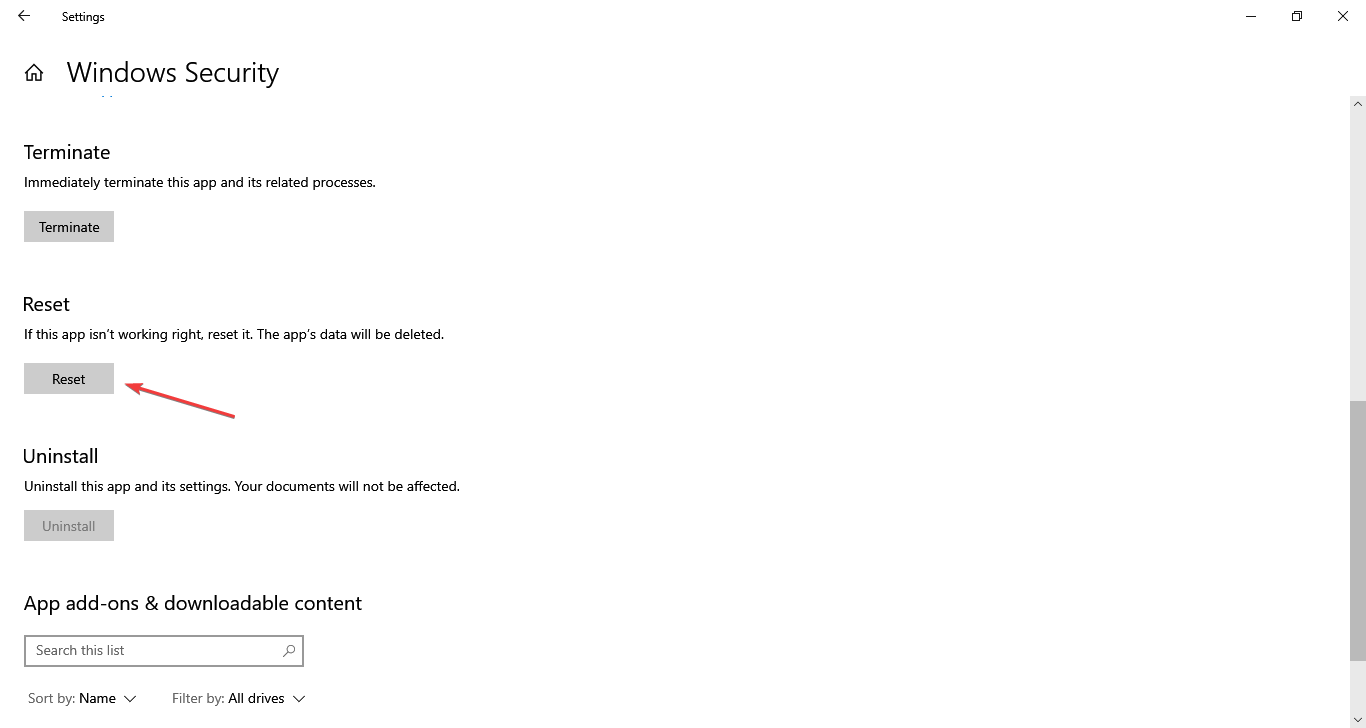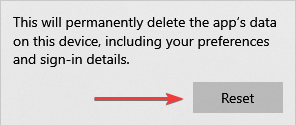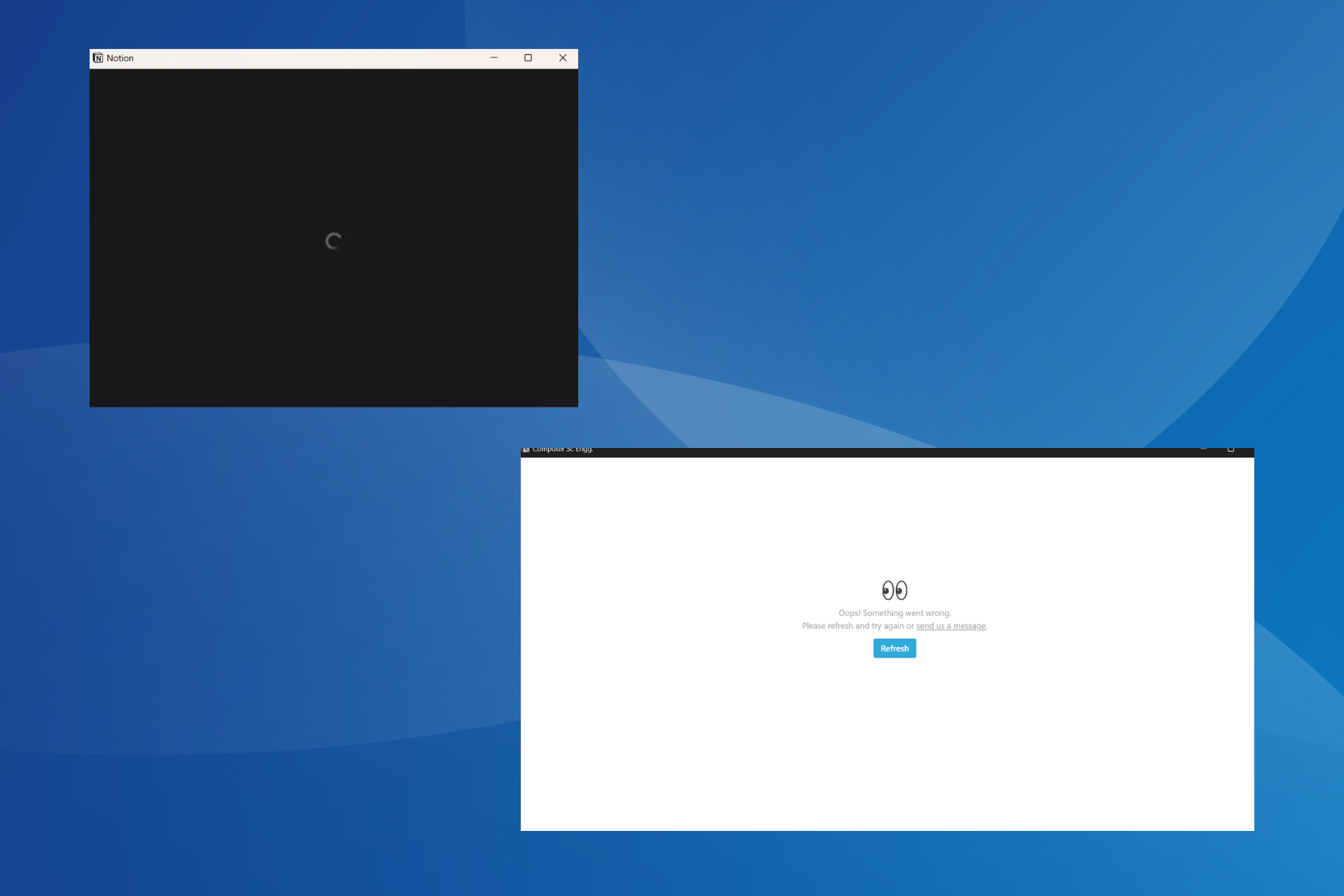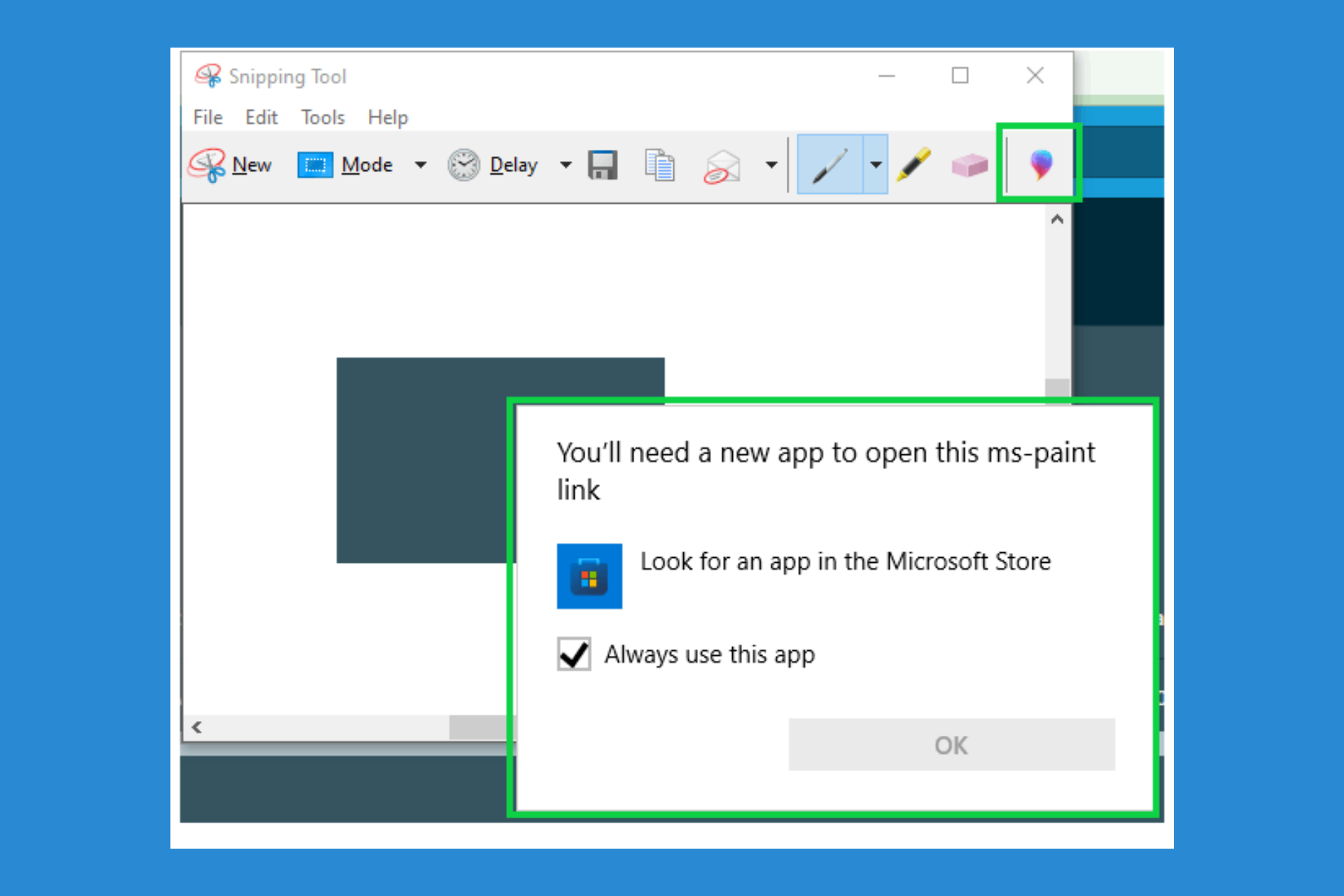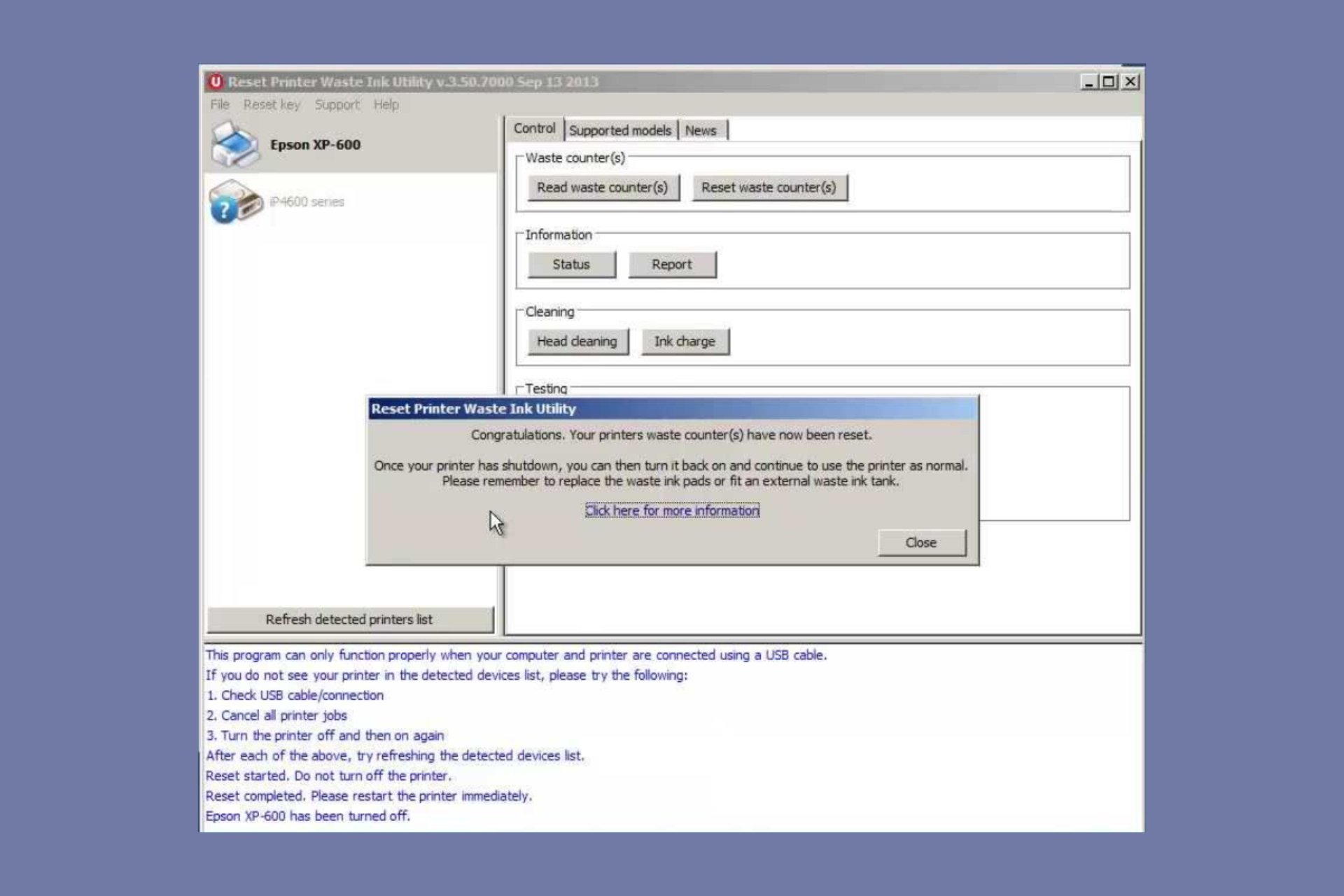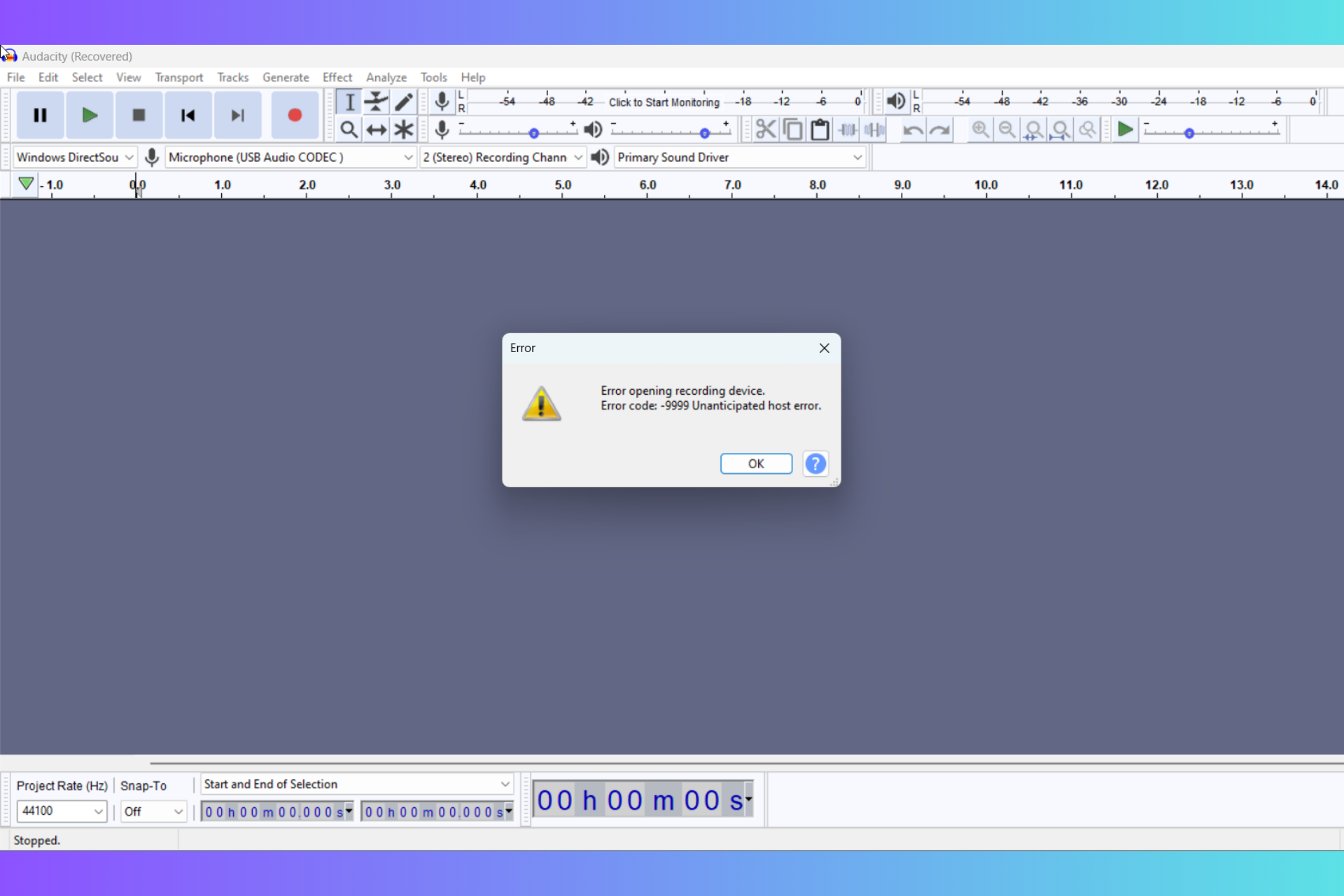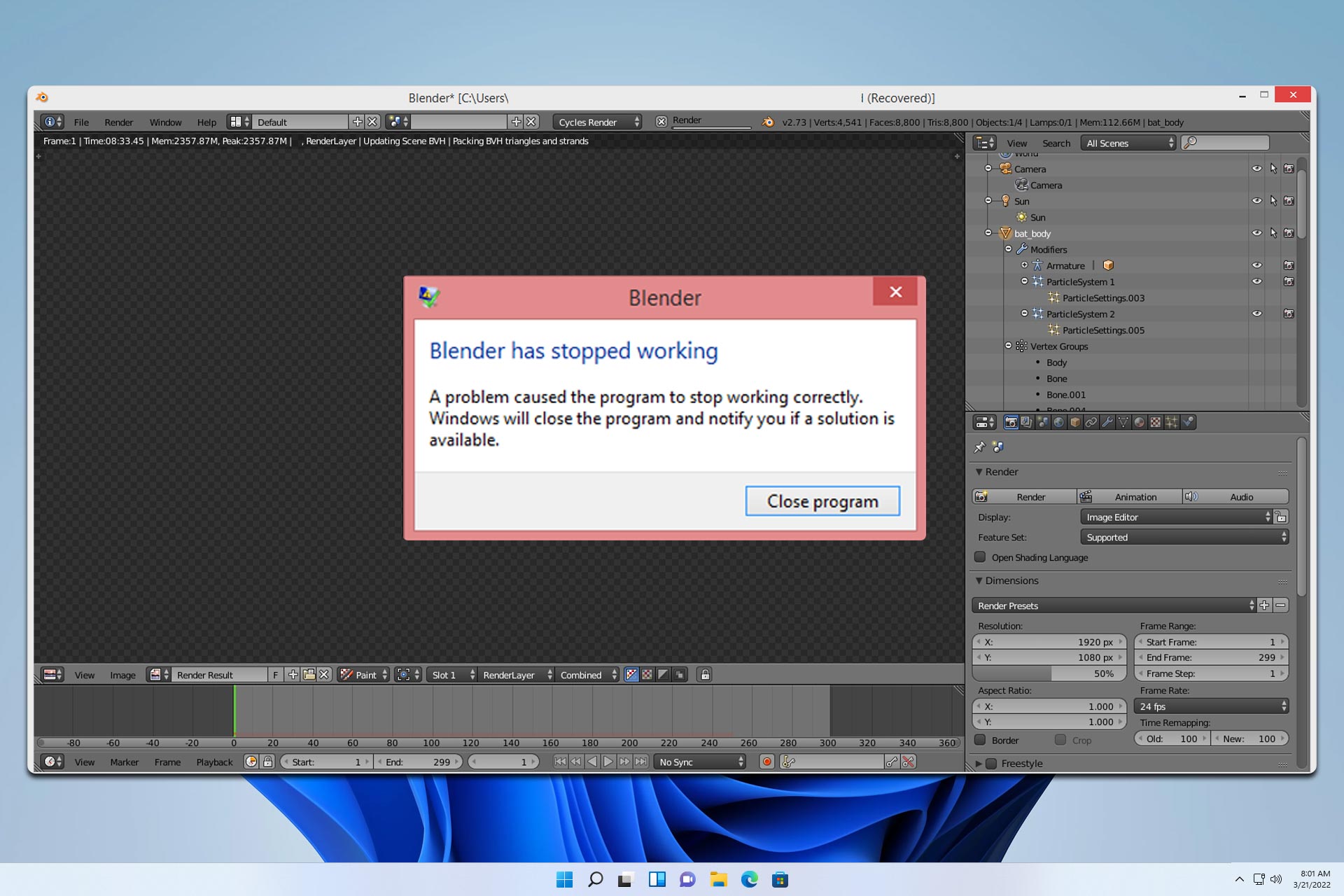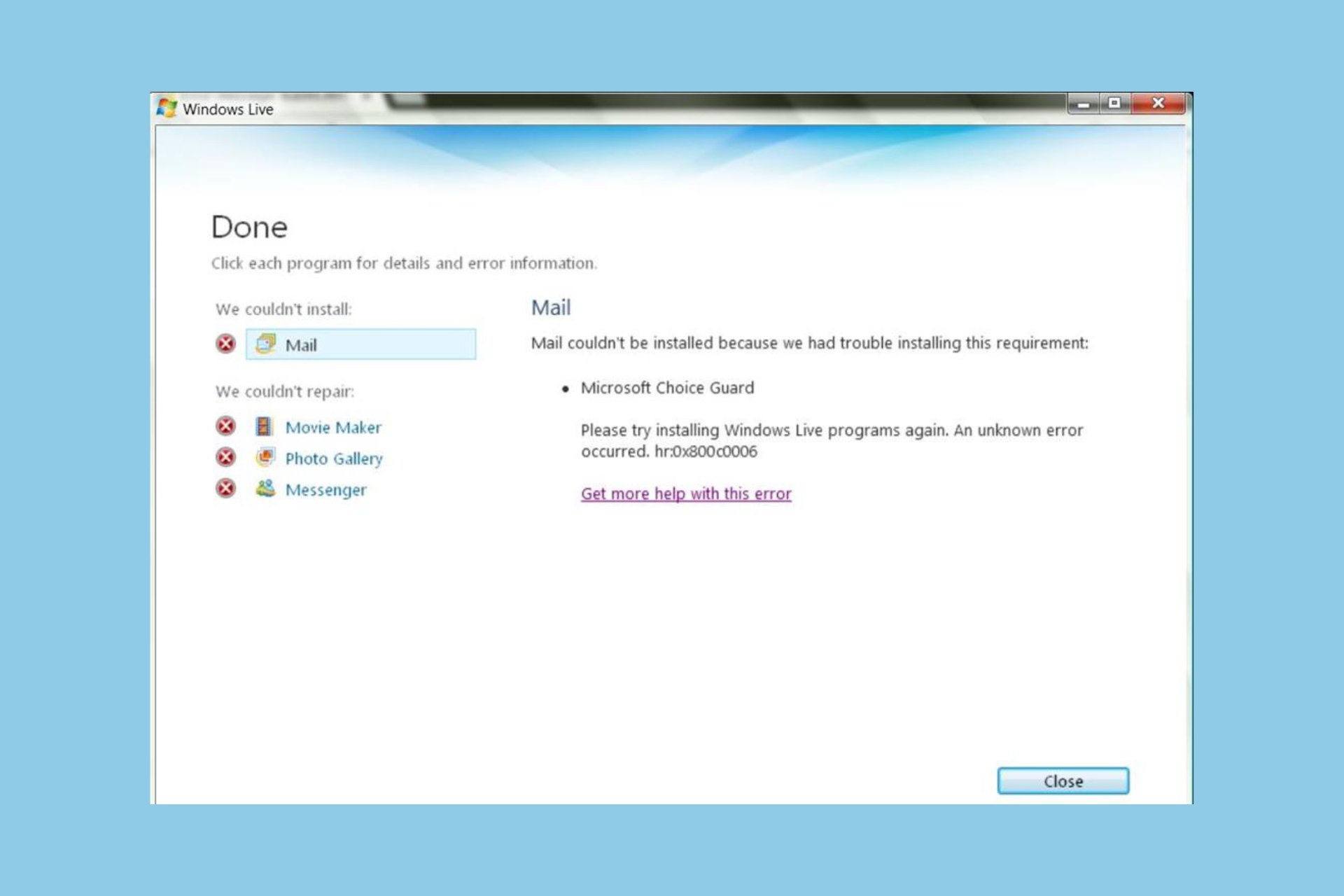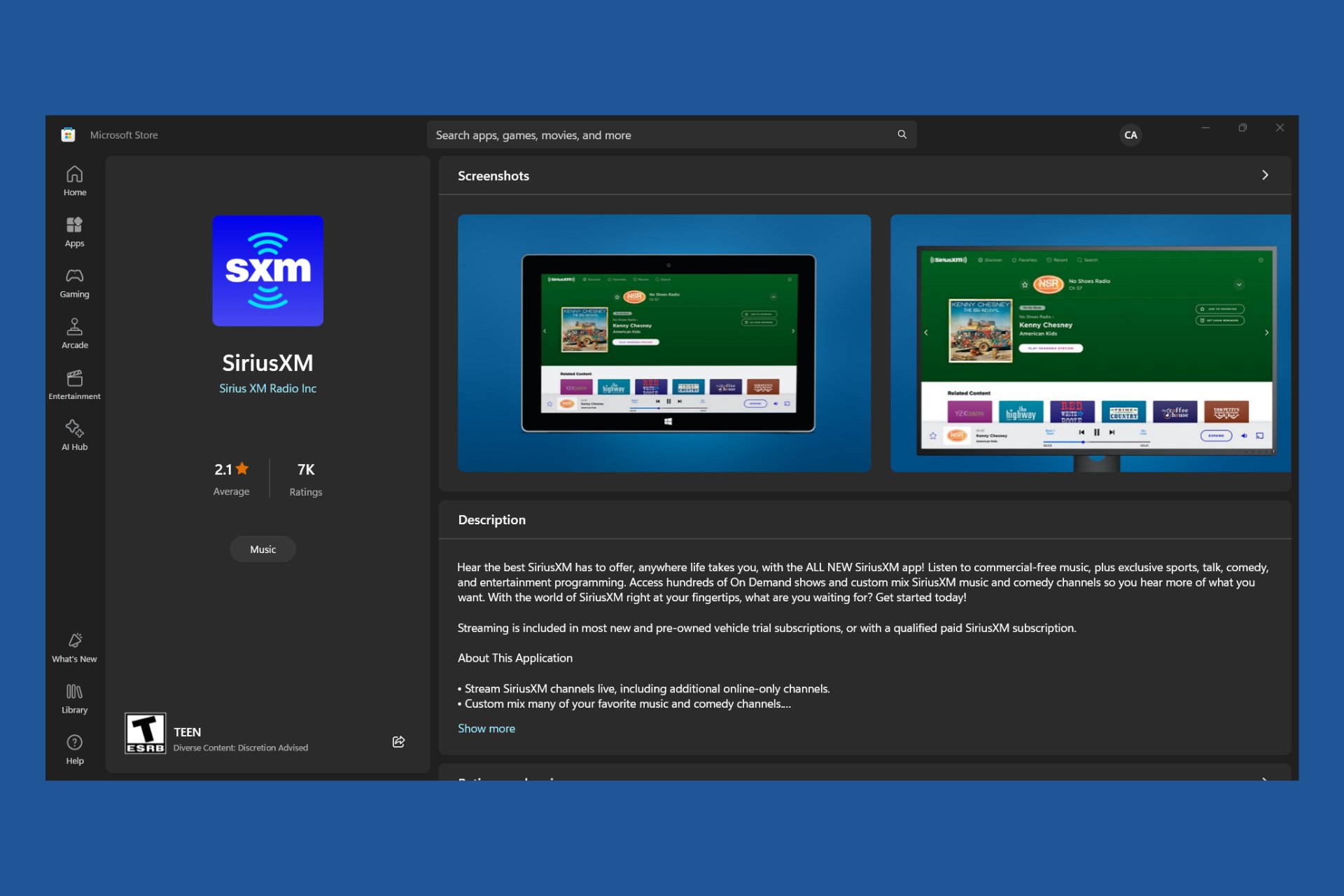Windows Defender Not Working: How to Fix it in 7 Steps
Try to secure your device and get Defender running
9 min. read
Updated on
Read our disclosure page to find out how can you help Windows Report sustain the editorial team Read more
Key notes
- If Windows Defender is not working, that’s usually caused by the fact that it detects another antimalware software.
- Make sure you uninstall the third-party security solution completely with a dedicated program.
- Try checking the system file using built-in command-line tools from your OS.
- You should also consider using a full-fledged antivirus solution to secure your PC.
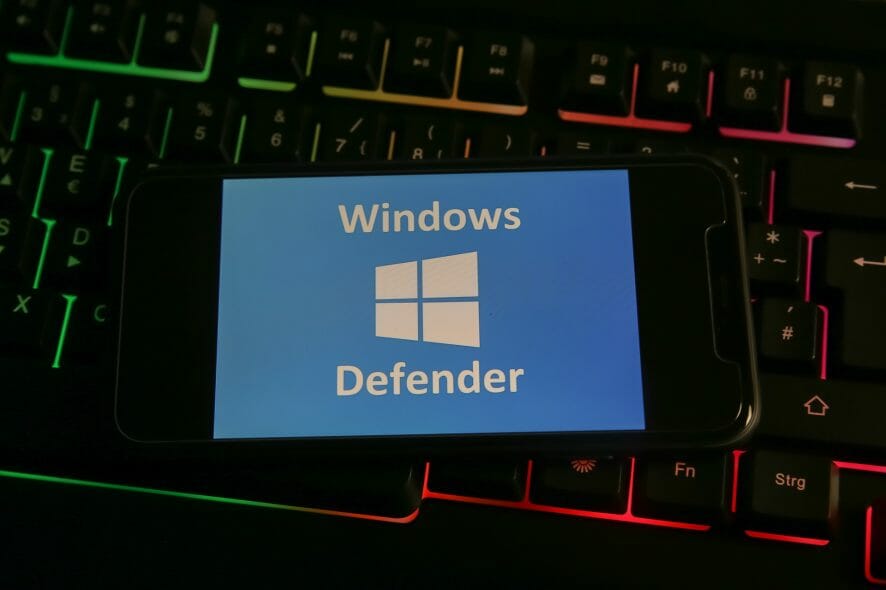
Many Windows 10 users are reporting that Windows Defender is not opening because Microsoft’s antimalware tool detects another antivirus software running.
This happens even though users confirm they have uninstalled all third-party security software.
This isn’t the first time users have reported they can’t turn on Windows Defender, although we noticed an increased number of reports.
Windows Defender is a built-in antivirus in Windows 10, and it provides solid protection for the most part. However, many users reported that Windows Defender doesn’t work on their PC.
Speaking of problems, these are some of the common issues that users reported:
- Can’t turn on Windows Defender (Windows 7) – This problem can also appear on Windows 8, but you should be able to fix it using one of our solutions.
- Windows Defender won’t open – Many users claim that Windows Defender won’t open on their PC. Remove all third-party antivirus tools from your PC if that’s the case. In addition, be sure to remove all files and registry entries associated with your antivirus.
- Windows Defender is turned off by group policy – Sometimes Windows Defender won’t run since it’s disabled from Group Policy. However, you can easily fix that with one of our solutions.
- Windows Defender won’t turn on unexpected error – In some cases, you might get an error message while trying to start Windows Defender. If that happens, try performing SFC and DISM scans and check if that solves your issue.
- Windows Defender won’t turn on after uninstalling Avast, Bitdefender, McAfee, AVG – Sometimes Windows Defender won’t start even after you uninstall your antivirus. To fix that issue, be sure to use the dedicated removal tool to remove all leftover files and registry entries associated with your antivirus.
- Windows Defender won’t turn on Windows 10 Spybot – Many Windows 10 users reported this issue with Spybot application. To fix the issue, be sure to remove Spybot completely from your PC and check if that solves the problem.
- Windows Defender won’t open, run, work, enable, start – Many problems with Windows Defender can occur, and if you have issues running Windows Defender, feel free to try some of our solutions.
Why can’t I turn on Windows Defender antivirus?
If Windows Defender is turned off, the utility may likely have been disabled inadvertently. Or, you may have a third-party antivirus installed, in which case Windows Defender will turn off.
Also, Windows Defender may stop working if the critical services are not running. So ensure the Security Center service is enabled and set to run automatically at startup.
Besides, it could also be the corrupt system files responsible if Windows Defender Real-time protection couldn’t be turned on, and the DISM and SFC scan should do the trick here.
How do I fix Windows Defender not working?
1. Check your system files
1.1 Run a SFC scan
- Press the Windows key + S, type cmd, and click on Run as administrator to start Command Prompt as administrator.
- Type the following command and hit Enter, then wait for the scan to complete:
sfc /scannow
The System File Checker tool repairs corruption in system files like the MSASCuiL.exe. Use this tool to verify whether Windows Defender is corrupted or not. To perform an SFC scan, perform the previous steps.
If the scannow command has stopped before the process finished, don’t worry, we’ve got an easy fix for you.
If you can’t run an SFC scan or if SFC can’t fix the problem, you might want to try using a DISM scan instead. To do that, just follow the next step.
1.2 Run a DISM scan
- Start Command Prompt as administrator, as shown in the previous step.
- When Command Prompt opens, enter the following command and press Enter to run it:
DISM /Online /Cleanup-Image /RestoreHealth - DISM scan will now start. This scan can take up to 20 minutes, so don’t interrupt it.
Once the scan is finished, check if the problem persists. If you could not run an SFC scan before, or if the DISM scan doesn’t solve your problem, repeat the SFC scan and check if that solves the issue.
If you’re having trouble accessing Command Prompt as an admin, then you better take a closer look at this helpful guide to fix the issue.
2. Install a better antivirus
Windows Defender is a decent security solution for your PC, but it can’t match the services and features of a third-party antivirus.
If you’re using the Internet for shopping, banking, work, and communication, you must protect your sensitive data with a top antivirus like the one recommended below.
This tool supports all major platforms, including Windows and Android, and provides advanced banking and privacy solutions.
Over 110 million users trust ESET’s multilayered protection solution in the world so make sure you try it. You can benefit from a 30-day trial period right now.

ESET HOME Security Essential
Make sure to fully protect your PC with a top antivirus solution like ESET HOME Security Essential.3. Clean boot your computer
- Press Windows Key + R and enter msconfig. Press Enter or click OK.
- The System Configuration window will now appear. Go to the Services tab and check Hide all Microsoft services. Now click the Disable all button.
- Navigate to the Startup tab and click Open Task Manager.
- Now you’ll see a list of startup applications. Right-click the first entry on the list and choose Disable. Repeat this step for all startup applications.
- Once you disable all startup applications, go back to System Configuration window and click Apply and OK. Now choose to restart your PC.
Sometimes third-party applications can interfere with Windows and cause this problem to appear. However, you can find the problematic application by performing a Clean boot.
Once your PC restarts, check if the problem still persists. It means that one of the disabled apps or services was causing the problem.
To find the problematic app or service, you need to enable them one by one or in groups until you recreate the issue. Now disable or uninstall that application and the issue will be resolved.
We have an in-depth guide on how you can remove startup apps on your Windows 10 PC, for those of you that need more help.
4. Use antivirus specific removal tools
When you uninstall third-party antivirus solutions using the Uninstall option from the Control Panel, it’s possible that some files remain undetected, and this prevents you from running Windows Defender.
Some antivirus software have their own, dedicated removal software so you can look for them to get rid of the antivirus fast.
You can also use specialized software to completely remove your antivirus from your PC. If you’re not familiar, with uninstaller tools are special features optimized for completely removing programs.
The uninstaller will remove the selected application, but it will also remove all files and registry entries associated with that application.
As a result, the selected application will be completely removed and it will be as if the application was never installed.
The market has quite a lot of options when it comes to uninstallers, but we recommend you use the one in IObit Uninstaller. It’s easy to use, and very efficient, and the application will help you maintain your PC clean and optimized.
Uninstall the remnants of your previous antivirus, restart your computer and Windows Defender should be automatically enabled.
5. Restart the Security Center Service
1. Press Windows key + R to launch the Run app.
2. Type services.msc in the Run dialog box and hit Enter or click OK.
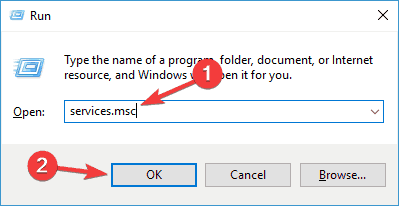
3. In Services, search for Security Center.
4. Right-click on it and select Restart.
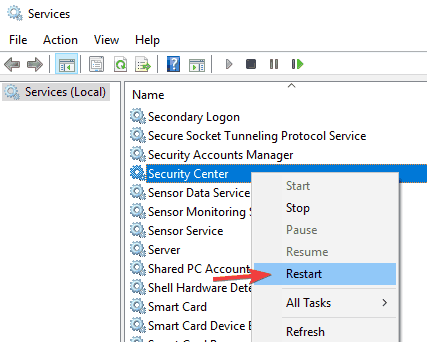
5. Once you restart the required services, check if the problem with Windows Defender is resolved.
In order for Windows Defender to work properly, you need to have certain services enabled. If those services aren’t running properly, Windows Defender won’t be able to turn on at all.
However, you can always start the necessary services by performing the steps above.
6. Change your group policy
- Press Windows Key + R and enter gpedit.msc. Now press Enter or click OK.
- When Group Policy Editor opens, in the left pane navigate to the following path:
Computer Configuration/ Administrative Template/ Windows Components/ Microsoft Defender Antivirus - In the right pane, double click Turn off Microsoft Defender Antivirus.
- Select Not Configured and click on Apply and OK to save the changes.
Sometimes Windows Defender won’t turn on because it’s disabled by your group policy.
This can be a problem, but you can fix it simply by changing that group policy. To do that, just follow the steps above.
After making these changes, Windows Defender should be enabled, and it will run without any problems on your PC.
If you’ve got a Windows Home version installed on your PC, you will not have access to the Group Policy Editor. However, you can follow our expert guide to install it.
7. Modify your registry
7.1 Use the Registry Editor
- Press Windows Key + R and enter regedit. Press Enter or click OK.
- When Registry Editor opens, navigate to this key in the left panel:
HKEY_LOCAL_MACHINE/SOFTWARE/Policies/Microsoft/Windows Defender - In the right pane, look for DisableAntiSpyware DWORD and double click it.
- If the DWORD isn’t available, right-click the right pane and choose New and select DWORD (32-bit) Value from the menu.
- Set Value data to 0 and click OK to save the changes.
If Windows Defender is not opening, the problem might be related to your registry. However, you can easily modify your registry and fix this issue by doing the previous steps.
After doing that, Windows Defender should be enabled on your PC and it will start working without any problems.
If you can’t access the Registry Editor, don’t panic because we’ve got an excellent guide on how to solve this issue quickly.
7.2 Use Command Prompt
- Start Command Prompt as an administrator.
- Now enter the following command and press Enter to run it:
REG ADD "HKLMSOFTWAREPoliciesMicrosoftWindows Defender" /v DisableAntiSpyware /t REG_DWORD /d 0 /f
If you’re an advanced user and you prefer using the command line, you can do this from Command Prompt or PowerShell by performing the previous steps.
Some users are also suggesting deleting the DisableAntiSpyware DWORD key, so you might want to try that as well.
How do I reset Windows Defender?
- Type Windows Security in the Search bar, and click on App settings on the right.
- Now, scroll down, locate the Reset button, and click on it.
- Again, click Reset in the confirmation prompt that appears.
That’s it! The reset process will start, and it usually completes within a short while. If Windows Defender is not working, resetting it might be a good idea.
With that, we conclude our guide. We hope that our solutions helped you fix this Windows Defender not opening problem for good.
We also have a guide that explains what to do if you cannot open Windows Defender Scans folder, so don’t miss it.
If you’re an advanced user, you can use CMD virus scan command to get rid of the malware.
If Windows Defender is still giving you headaches, take a look at our best antiviruses with unlimited license selection and get yourself a third-party security tool.
For any other suggestions on how to deal with this problem, write us a comment below.

